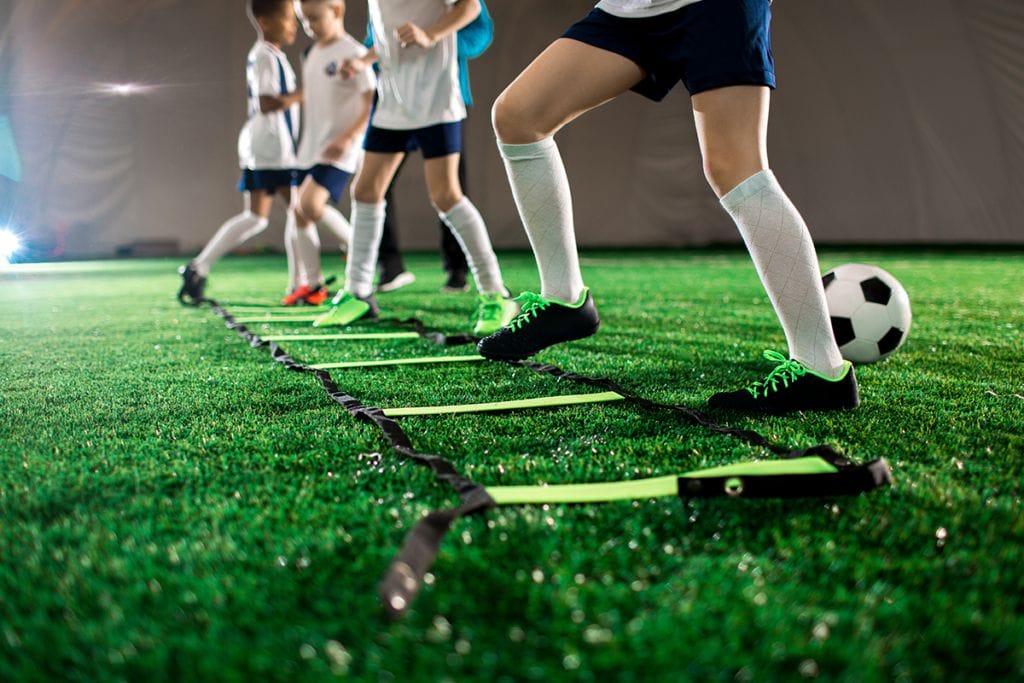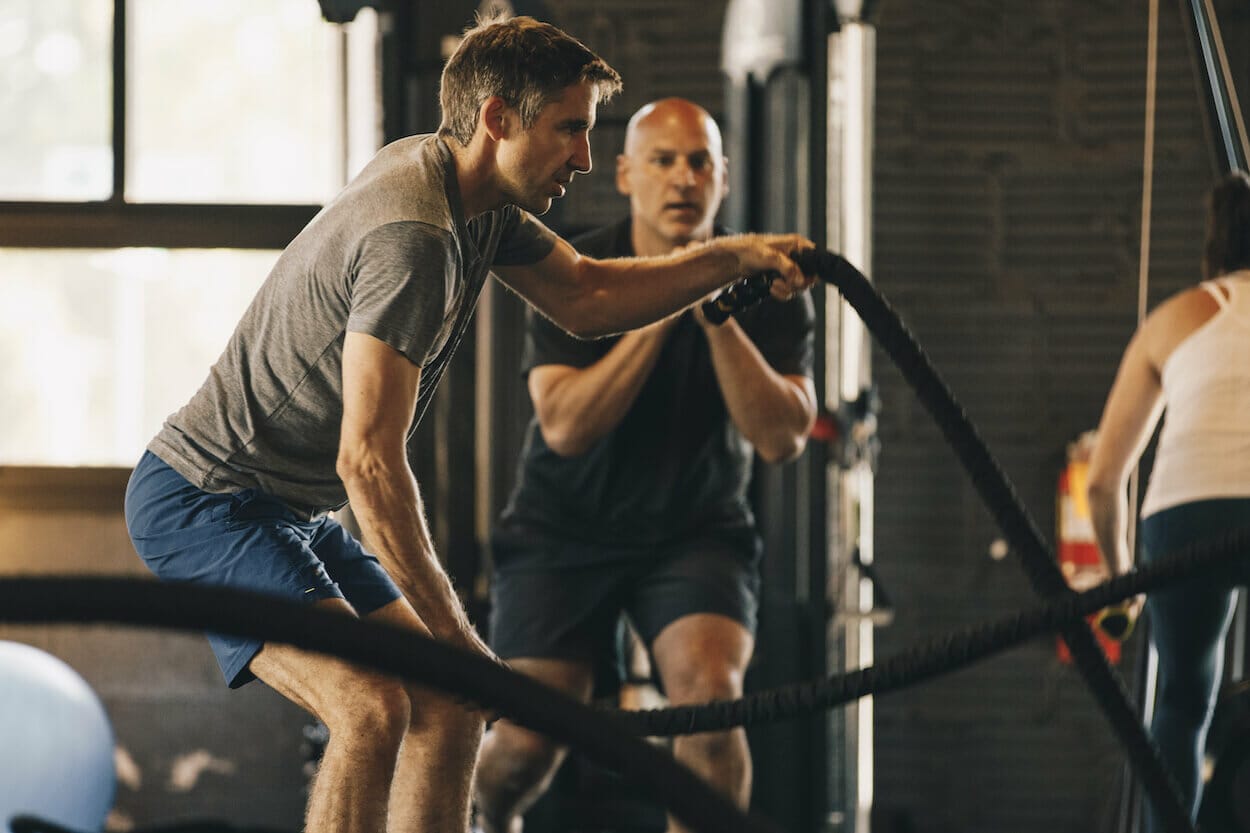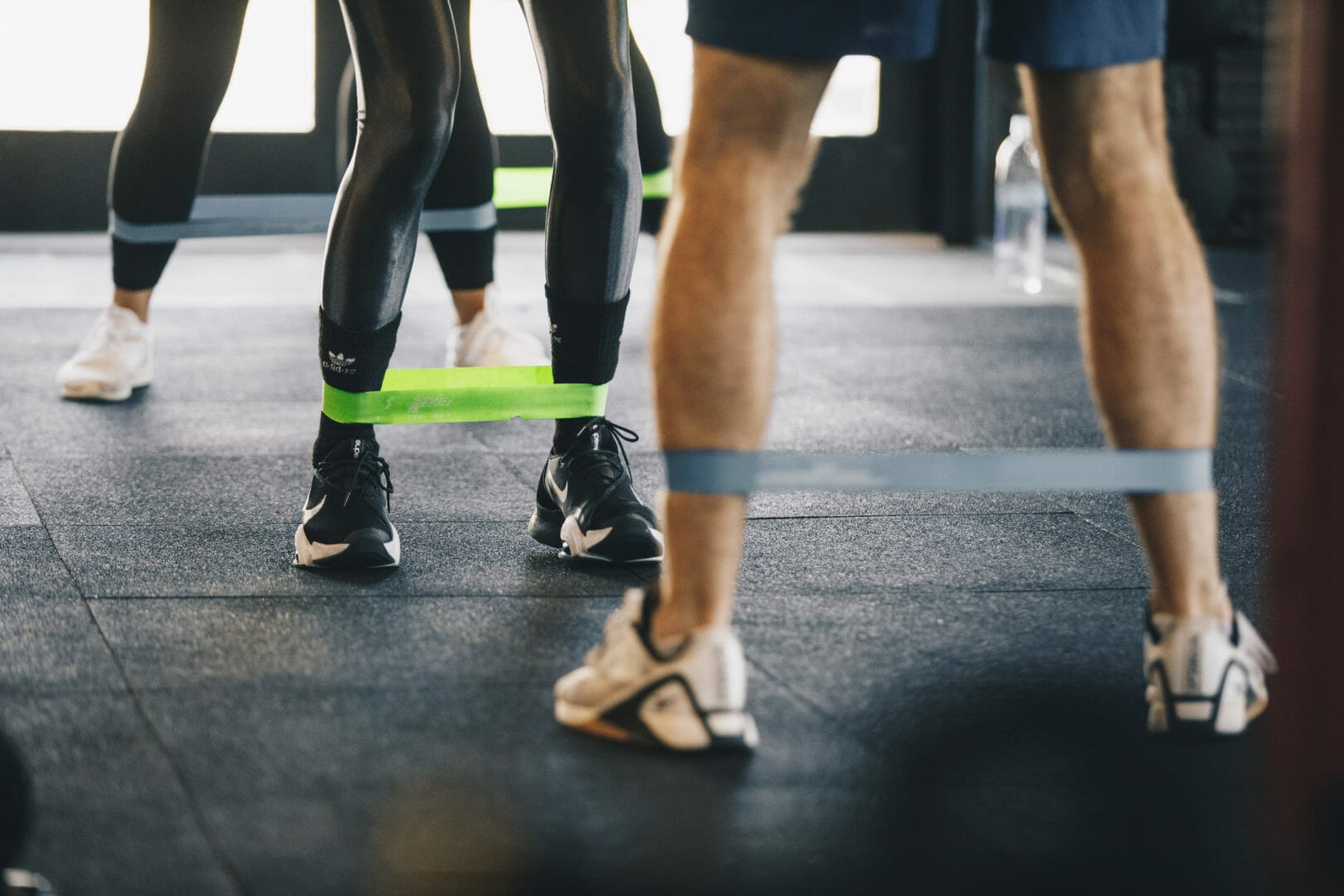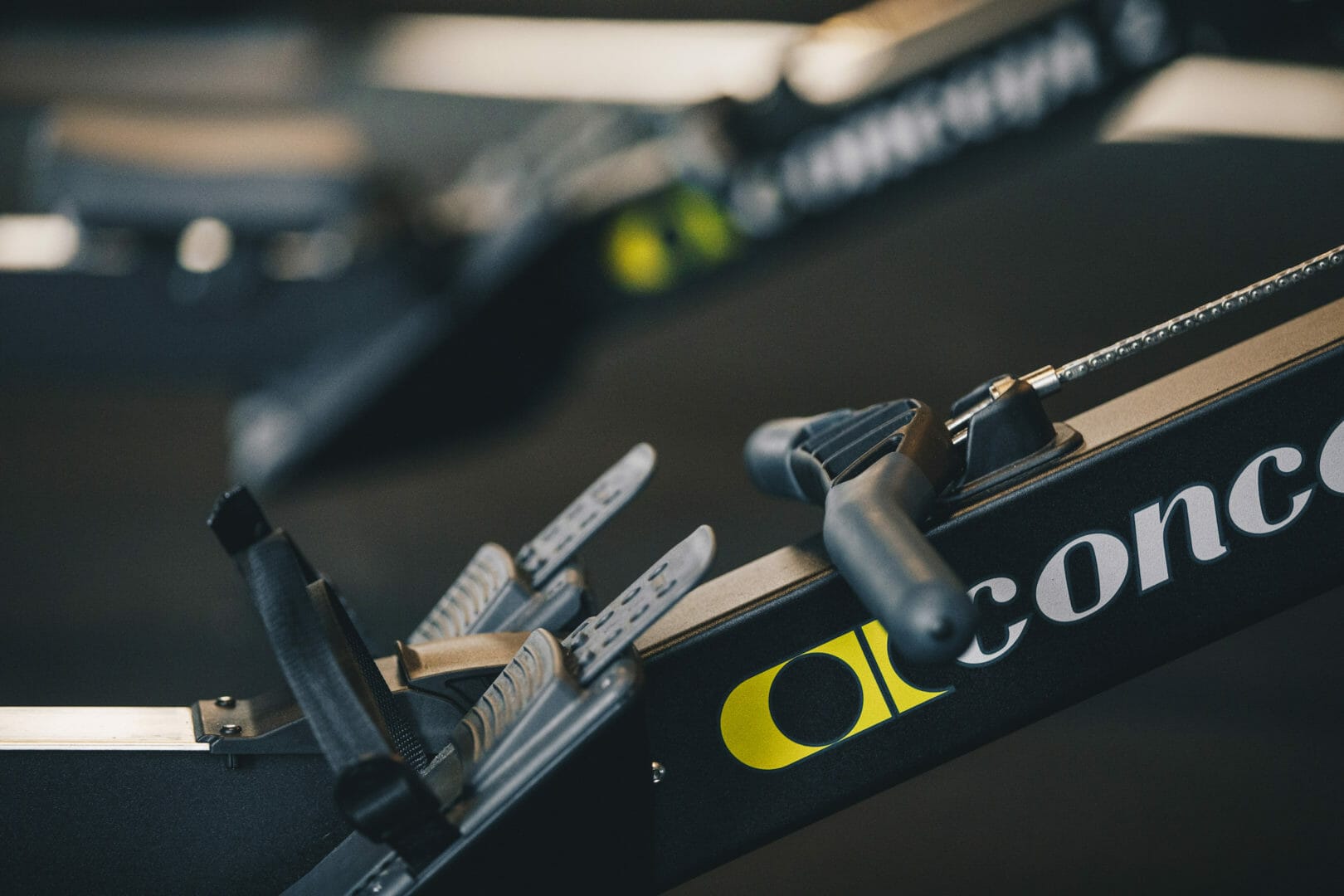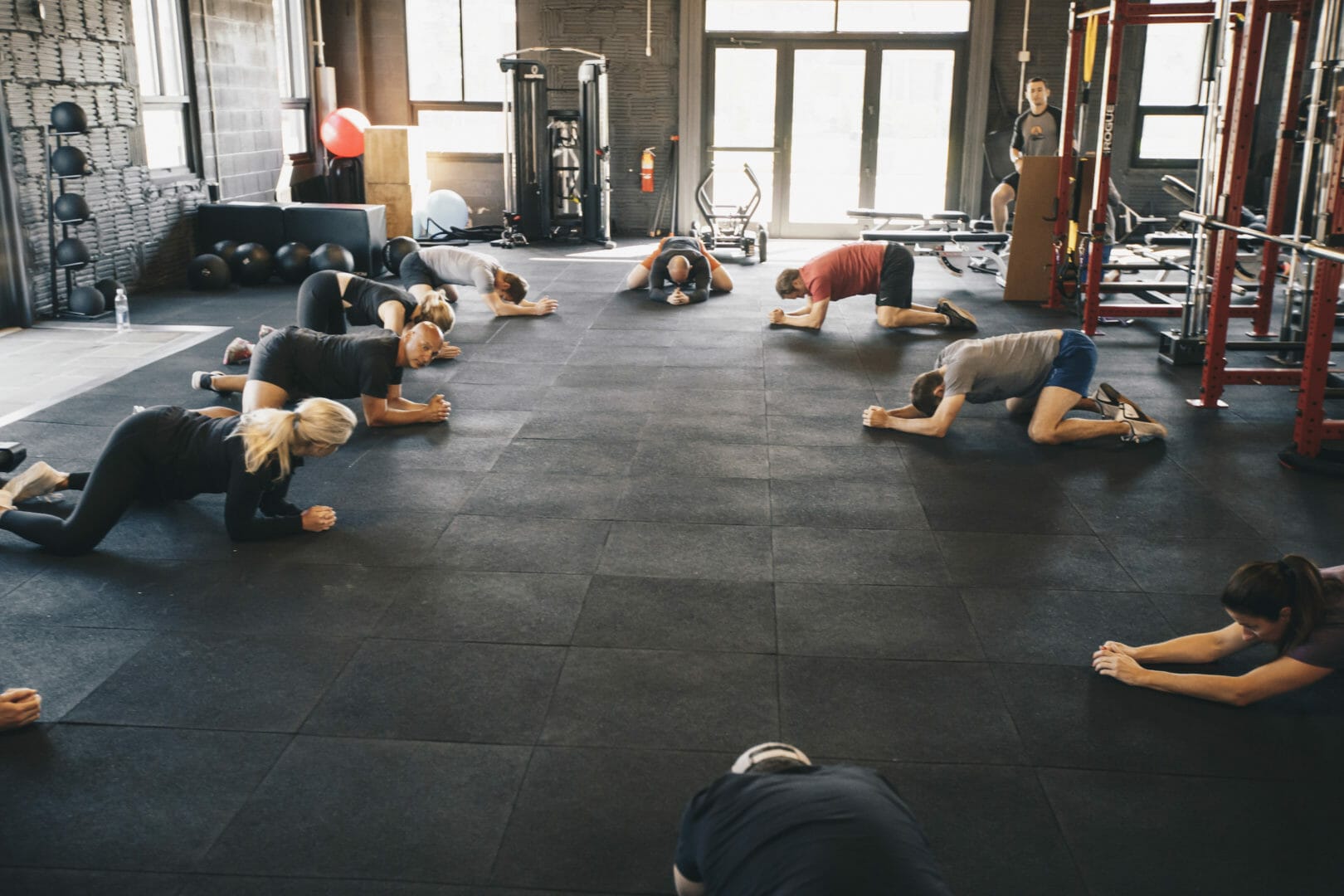Athletic training programs should always have a basic fundamental goal of making the athlete function better for their particular sport.
All athletes put their bodies into 3 planes of motion:
- Sagittal (forward and backward movements)
- Transverse (rotational movements)
- Frontal Plane (side to side movements)
These three planes of movement can be used differently in various sports.
For example, basketball players are more sagittal and/or frontal plane athletes, whereas baseball players are transverse athletes (when it comes to throwing and hitting a baseball).
This only helps in identifying what movement patterns we want to focus on when it comes to training for a specific sport, but not all athletes are created equal. Different protocols will be crucial when identifying instability or deficiencies in the mobility of the joints, muscle, range of motion, etc.
All athletes need specific exercises to be able to level up when it comes to optimal joint stability or mobility.
Having strong muscles won’t always translate in the sport if the athlete has poor proprioception. Proprioception (kinaesthesia) is the sense of self-movement and body position. It is sometimes described as the “sixth sense”. Proprioception is mediated by proprioceptors, mechanosensory neurons located within muscles, tendons, and joints.
In simple terms, it can keep you from getting buckled with the ability to change direction quickly – on the basketball court from that good crossover dribble for example.
The relationship that each coach has to have with his athlete is the same as a NASCAR mechanic has with his car. They know what and where the focus should be and how it helps benefit the athlete to help coordinate the body’s overall performance.
Knowing how to rebuild an athlete from the ground up will help with joint stability and mobility, body balance, and awareness. Once a young athlete has control of specific movements while maintaining a strong core, they can move on to compound exercises.
Compound exercises, like a squat, require great form and multiple muscle groups that have to coordinate inside of that specific movement. These movements can start in the early stages of a young athlete’s career (if core strength, mobility, stability in the ankle and knees, and range of motion have been checked off the list).
Finding a good balance for what the athlete needs out of their sport (and the demands on the body) are better left for a trained professional, that understands the biomechanics of human movement, to get the most out of a specific athlete.

